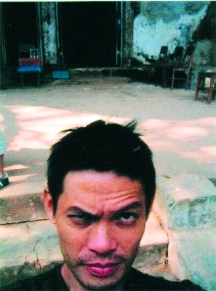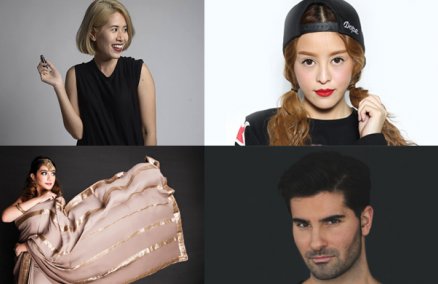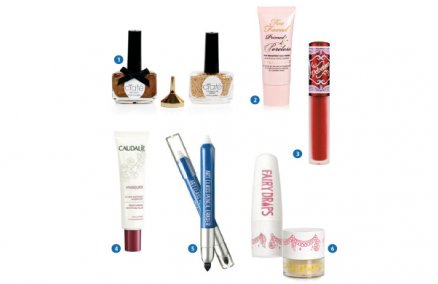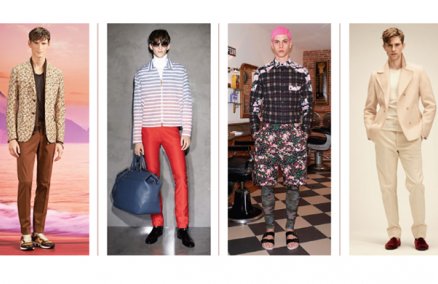The beach became a huge part of my life growing up. A lot of my influences and philosophies of life came from the ocean. It was a place where I could share everything freely. When I swim in the ocean, it does something very therapeutic to me.
I’ve experienced a lot of emotional extremes in my life. I almost lost my father. In fact, he was dead for 55 minutes until they revived him during the last defibrillation. There were also those times when my parents were going through their separation. The ocean was there for me then.
I had a very specific place. There was a reef I knew very well where I could fish. There were crayfish underneath. I knew everything about this spot. It was a place where I could go and just be. I would go there, reflect and let go. I would sometimes cry and be angry.
In Singapore, I do find places like the Botanic Gardens very soothing. There are little green areas that I like. When I was staying with a friend in Braddell, I’d go to MacRitchie Reservoir to run. It’s so tranquil and beautiful. You won’t feel like you’re in Singapore anymore. There’s so much silence. That’s a really beautiful place; it’s a place you can really let go.
Even in your own room, you can find your own space. You shut everything out. You create the space for yourself. If you can’t find it, you create it.
I flew to LA in 2009 to go for casting auditions. The housemate that I was living with works as a lighting guy on the set of the Desperate Housewives. He took me to the back lot where they were filming. I went and suddenly I was on Wisteria Lane. I was making genuine friends with all these people and they were telling me all their stories. It was magical. I thought to myself, “Wow, this whole process is no different from anything else that I’ve done except the scale.”
I have this affiliation to music that I can’t comprehend. I didn’t know how to play the piano but I learned how to play it four years ago just by sitting there. Something just called me. It’s the same with the guitar. It was never something that I went to school for. It was something that just happened. To me, music is a very personal thing.
Acting is a very giving craft because it involves respect and consideration for the other actor. It’s not just about what you’re trying to achieve. Even when the camera’s not on me during filming, I would still be there.
Once, I was on a shoot and we had to wait an hour and a half because the make-up artist fell asleep. That irritated the f*** out of me.
One time I had no money. None. I had to invent a job so I decided to wash windows. I was having dim sum and I noticed that the windows of this restaurant in Australia were dirty so I went up to the counter and said, “Hey, your windows need washing. I gave her my number and she called me two minutes later and said, “Come on Monday.”
My very first serious relationship was in high school. I was in my English class, looked out the door, saw this girl and fell in love with her. I didn’t even know her name. I just saw her and fell in love with her. I was with her for three months until she went on holiday with her family. We met again 12 years later and we’ve been together for four years now. Everything came back. Nothing changed. Hey, magic happens.
Advertisement



















 What’s the biggest shift in menswear you’ve observed over the years?
What’s the biggest shift in menswear you’ve observed over the years? 




